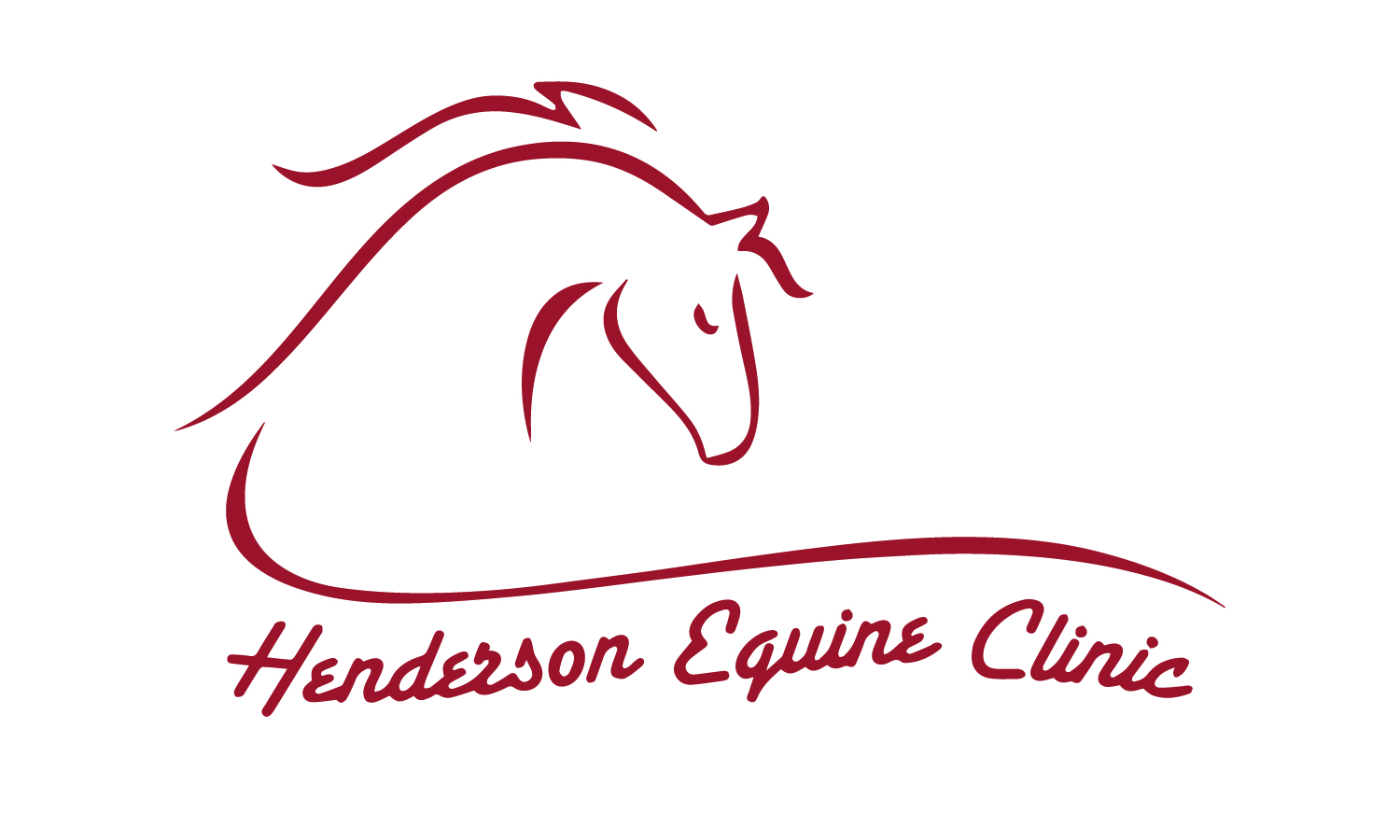Equine Cushings Disease
Equine Cushings Disease (ECD) is also referred to as Pituitary Pars Intermedia Dysfunction (PPID) because it is caused by an enlarged pituitary gland or a tumor within the pituitary gland known as an adenoma. The pituitary gland is a hormone producing organ located at the base of the skull. It is controlled by the hypothalamus, a part of the brain that controls many parts of the nervous system related to movement, hormones, food and water intake, and the sleep/wake cycle.
The pituitary is made up of three sections, anterior, posterior, and intermediate. In Equine Cushings Disease, the intermediate section becomes enlarged and over produces ACTH (adrenocorticotropic hormone). This hormone causes the body to increase its production of glucocorticoids (normally produced steroids). This increases the level of cortisol in the blood, which in turn causes the clinical signs of Equine Cushings Disease.
This is different from the cause of Canine Cushings Disease, hence we now prefer to diagnose this as PPID.
Clinical Signs
PPID horses often present with a long, curly coat that doesn't shed normally as the season changes, called hirsutism. They may lose their topline as their back muscles weaken. A "hay bellied" appearance may be seen as they deposit fat around their abdomen, tail head, and neck. They may appear to have a cresty neck without much muscling or body condition in normal locations. They may be lethargic, sweat easily, and often drink more water and urinate more frequently than unaffected horses.
Horses with PPID are often prone to laminitis because cortisol decreases the body’s normal response to insulin, which causes elevated blood glucose levels (which in turn predisposes to laminitis).
Testing
The preferred test to diagnose PPID is Resting Adrenal Corticotropic Hormone (ACTH) level. Plasma ACTH is increased in the presence of pituitary hyperactivity and hypersecretion. This may be caused by PPID but is also known to occur in most normal horses and ponies in the autumn. Although this has been considered a reason to avoid testing for PPID in the autumn, this potential problem may be overcome by applying properly derived and calculated seasonally adjusted reference ranges. Testing in the autumn may actually allow the greatest differentiation between PPID cases from normal horses and there is no reason at all to avoid testing for PPID in the autumn. ACTH may also be affected by pain and stress (e.g. from laminitis) although this does not appear to have a large effect in most horses unless pain is marked.
For horses that have an inconclusive or negative result on a baseline ACTH test, but nevertheless have a high index of suspicion for PPID, we may suggest running a TRH stimulation test. This involves taking a baseline ACTH test, administering a small dose of the hormone TRH, and then taking another ACTH test 10 minutes later. TRH normally increases ACTH levels in horses, but they will increase to a much greater degree in a horse with PPID, allowing us to identify harder-to-diagnose cases.
What about testing Blood Glucose/Insulin Levels?
Many PPID horses are insulin resistant and will have elevated insulin and/or blood glucose levels; however this is not recommended as the only method of testing for PPID because it is not specific. There are many diseases that can cause elevated insulin/glucose levels. It is most accurate to test the function of the pituitary via ACTH levels, because the disease is caused by a malfunctioning pituitary.
Treatment
Medical treatment is most commonly pergolide (Prascend). A PPID horse needs to be treated with pergolide if it has elevated levels of fat and glucose in its blood, has developed laminitis, showing signs of muscle wasting, lethargy, depositing fat in abnormal places, is having fertility problems, or any of the many other symptoms of PPID. Pergolide can also help PPID horses shed and grow their coat normally. Pergolide is a dopamine receptor agonist and acts on receptors within the nervous system. ACTH levels should be used to monitor treatment effectiveness at 6 to 12 month intervals.
For PPID horses that also suffer from insulin deregulation, diet should be monitored similarly to horses with Equine Metabolic Syndrome (decreasing sugar and lush grass intake). Your veterinarian can help guide you towards the right nutritional strategies to manage your PPID horse.
